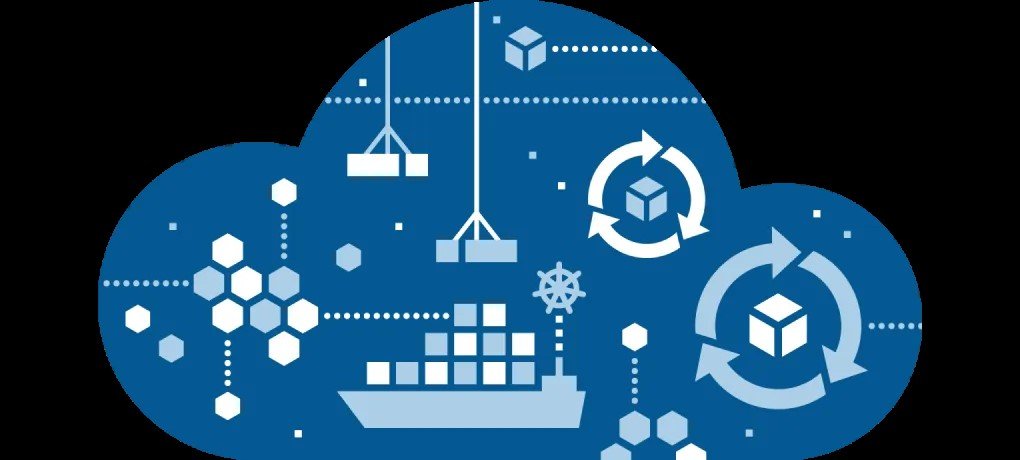In the realm of artificial intelligence, few developments have captured the imagination quite like OpenAI’s ChatGPT. Wit ...
Categories
Post By Date
- November 2025
- October 2025
- September 2025
- August 2025
- July 2025
- June 2025
- May 2025
- April 2025
- March 2025
- February 2025
- January 2025
- December 2024
- November 2024
- October 2024
- September 2024
- August 2024
- July 2024
- June 2024
- April 2024
- March 2024
- February 2024
- January 2024
- December 2023
- November 2023
- October 2023
- September 2023
- August 2023
- July 2023
- June 2023
- May 2023
-
Trends in Cloud Technology
In the realm of technological innovation, cloud technology continues to evolve, captivating hearts and minds alike. With ...
What is Chat-GPT and How powerful it is?
the conversational companion that brings a touch of humanity to our digital interactions. What is Chat GPT?A Conversa ...
3D Mapping using Drones
A journey to the 3D mapping using drones. The latest trend in 3D mapping using drones revolves around enhanced precis ...
-
AI-Driven Financial Regulation: How Pred...
In today’s era of digital transformation, the regulatory landscape for financial services is undergoing one of its most ...
Space Tourism Research Platforms: How Co...
Introduction: Space Tourism’s Hidden Role as Research Infrastructure The conversation about space tourism has largel ...
Turning Integration into Intelligence
MuleSoft’s Agent Fabric and Connector Builder for Anypoint Platform represent a monumental leap in Salesforce’s innovat ...
Agentic Generative Design in Architectur...
In the rapidly evolving world of architecture, we are on the cusp of a transformative shift, where the future of buildi ...

- Zeus
- February 26, 2024
- 2 years ago
- 6:51 pm
In the fast-paced realm of technology, Cloud-Native Technologies have emerged as a transformative force, reshaping the way applications are developed, deployed, and managed. This blog article delves into the essence of Cloud-Native Technologies, exploring their key components, benefits, and the impact they have on modern IT landscapes.
Defining Cloud-Native Technologies:
Cloud-native refers to an approach where applications are designed and built to run in the cloud. This methodology emphasizes containerization, microservices architecture, and DevOps practices, enabling agility, scalability, and faster time-to-market for software applications1.
Containers and Orchestration:
At the core of cloud-native technologies are containers, such as Docker, which encapsulate applications and their dependencies. Container orchestration tools like Kubernetes automate the deployment, scaling, and management of containerized applications, ensuring consistency and efficiency2.
Microservices Architecture:
Cloud-native applications are often built using a microservices architecture, where a large application is broken down into smaller, independent services. This modular approach allows for easier development, maintenance, and scalability3.
Serverless Computing:
Serverless computing abstracts infrastructure management, allowing developers to focus solely on writing code. Functions are executed in response to events, and users are billed based on actual usage. This model enhances resource efficiency and is well-suited for event-driven applications4.
Continuous Integration and Continuous Delivery (CI/CD):
Cloud-native technologies embrace CI/CD practices, automating the testing, integration, and delivery of software. This accelerates the development lifecycle, minimizes errors, and ensures a seamless and reliable release process5.
Monitoring and Observability:
With the dynamic nature of cloud-native environments, monitoring and observability are critical. Tools like Prometheus and Grafana provide insights into application performance, health, and resource utilization, facilitating proactive issue resolution6.
Cloud-Native Technologies have become the cornerstone of modern application development, offering a paradigm shift towards agility, scalability, and resilience. By embracing containerization, microservices, serverless computing, and CI/CD, organizations can propel their digital transformation initiatives and stay competitive in today’s dynamic business landscape. As the cloud-native journey continues to unfold, staying informed about the latest tools and best practices is essential for maximizing the benefits of this innovative approach.
References:
- Pivotal. “Cloud-Native Technologies: The Foundation of Cloud Computing.”
- Cloud Native Computing Foundation (CNCF). “Kubernetes Documentation.”
- Martin Fowler. “Microservices – A Definition of This Architectural Style.”
- The New Stack. “Serverless Computing: Economic and Architectural Impact.”
- Jenkins. “Continuous Integration and Continuous Delivery.”
- Honeycomb. “Observability vs. Monitoring.”

